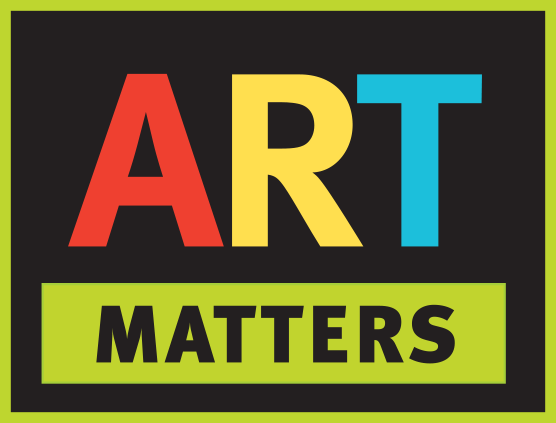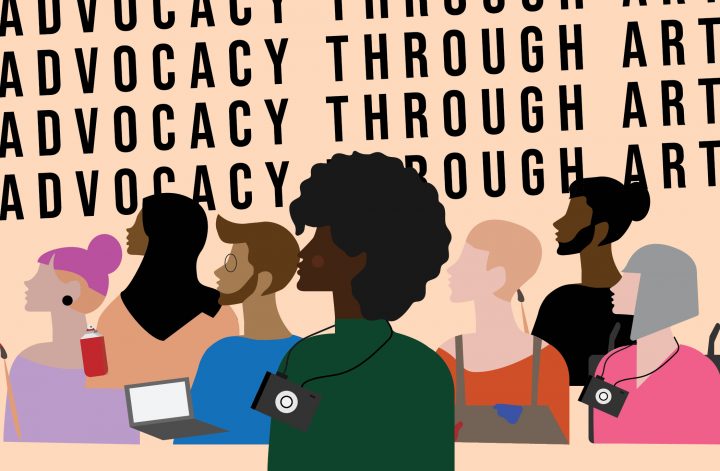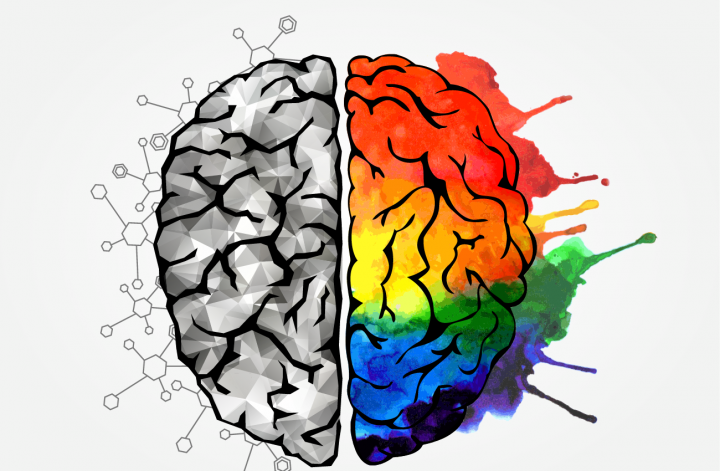It may be true that the arts can help with math, reading, cognition, verbal ability, and verbal skills, but it is also possible that learning arts can increase motivation, concentration and confidence.
Teachers are expressing increasing concern that the arts are being under attack. Teachers are losing their teaching positions, and supplies are not being funded.

We have prepared resources to assist UAEA members in having meaningful conversations with parents, administrators, and other community members.
- Americans for the Arts
- Art Aware
- Arts Edge
- Arts Education Partnership
- Art Works for Kids
- Center for Arts & Culture
- Getty Institute
- Arts in The News
- Education Points
- The arts are the heart of lifelong learning
The arts surround us. Complex and expressive design is evident in our clothing, cars, and homes. Every day we hear music. Television and cinema are full of drama and dance. We are more inclined to visit museums, the theatre, and to see dance and music performances.
Every culture has had the arts as a central part of its history and present. The best way to learn about other cultures is often through their arts. Our society is reflected in the arts. They engage and inform us subtly as well as deeply and add meaning to our collective experience.
All students need a comprehensive and sequential arts education.
Through the creation of the arts, students can express themselves in a unique way. Students with different learning styles and abilities can “find their voice” through the arts.
Students can perceive the world through the arts. The ability to perceive is the first step in thinking.
The arts experience can be transferred to basic thinking skills and strengthened in many areas. Research by Gardiner & Shaw, spatial-temporal thinking to improve mathematical reasoning. Language and analytical thinking are required for verbal thinking.
Students can learn a lot from their experiences in the creation of art. Collaboration, loyalty, reliability, respect, and responsibility are all qualities that can be learned from working with others.
Many state school boards require all arts to be taught in junior high and high school.
The arts should not be part of the curriculum but taught separately.
Students must be able to understand and critique the roles of theater, dance, and visual arts in society. They also need to learn how to create in each form.
Because they are part of all social contexts, the arts are essential to studying language arts and social studies.
Students can learn a lot about many subjects through the arts, which is a motivating way to learn.
Arts education prepares students to work in the workplace.
There are many well-paying, interesting job opportunities in the arts, or that use an arts background in the technology/communications and entertainment industries and in education.
Students with an arts degree are sought after by businesses because of their communication, reasoning and creating skills.
Arts education prepares students to go to college.
The U.S. Department of Education recommends high school and middle school students major in the arts. For admission to many universities, you will need one credit in the arts from high school. Arts training directly impacts the skills and behavior students will need for job success.



